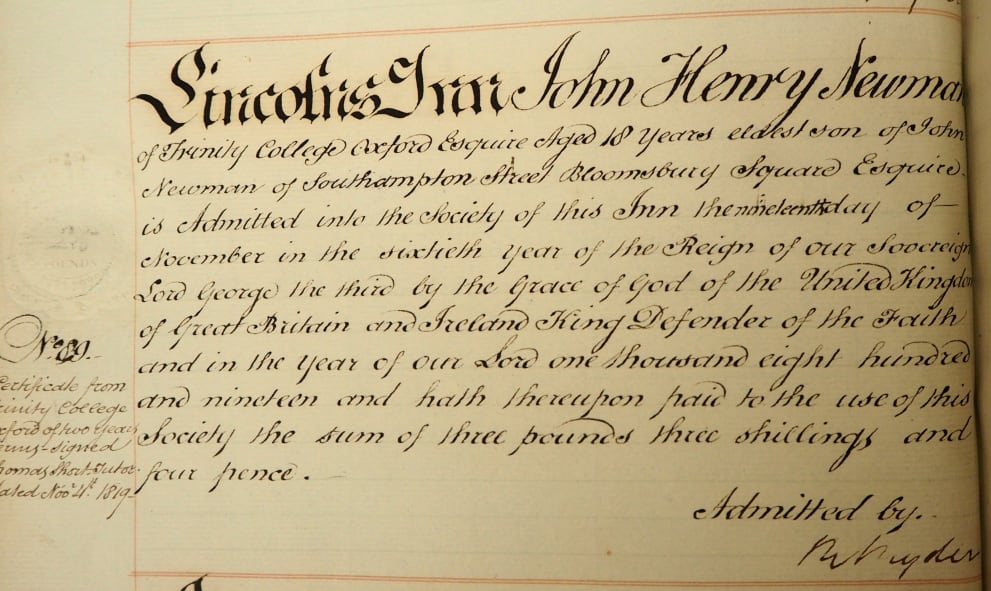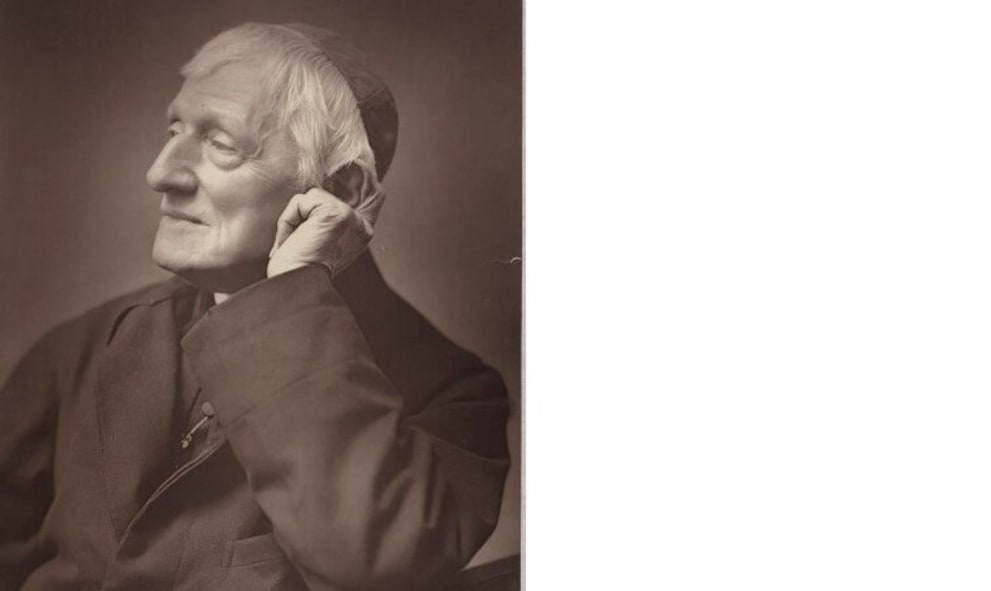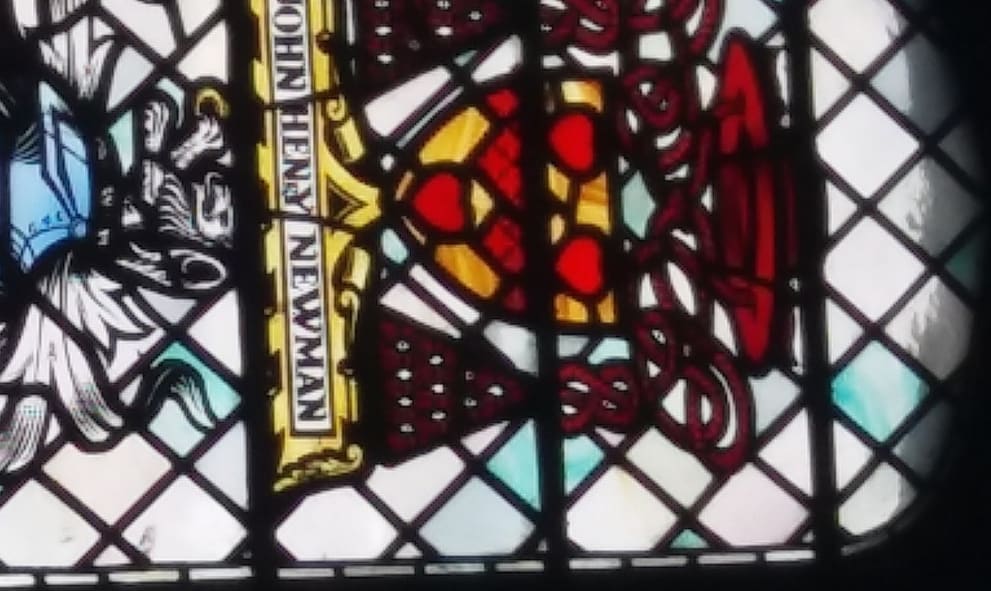November 2019 – Saint John Henry Newman

Image credit: John Newman by Sir John Everett Millais, 1st Bt oil on canvas, 1881© National Portrait Gallery, London
On 13 October 2019 Cardinal John Newman was declared a saint during a ceremony led by Pope Francis in St Peter’s Square. He became the first Briton to be canonised in almost 50 years, since the sixteenth century Scottish priest, John Ogilvie, in 1976. He also became the second past member of Lincoln’s Inn to be named a saint (the first being Sir Thomas More in 1935).
John Henry Newman was admitted to the Inn 200 years ago this month, on 19 November 1819. His entry reads ‘John Henry Newman of Trinity College, Oxford Esquire, aged 18 years, eldest son of John Newman of Southampton Street, Bloomsbury Square, Esquire.’

There is no date of call recorded for John Henry Newman and we know that he did not go on to train as a barrister, and indeed may never have intended to. This was not uncommon at the time; attending one of the Inns of Court was often used as a way for people to make good social contacts rather than qualify to be a barrister. As a result not all individuals who were admitted would have necessarily desired to be called to the Bar.
We know that prior to his admission to the Inn, John Henry Newman had entered Trinity College, Oxford in 1817 and had won a college scholarship in May 1818. In his final examinations in 1820 he did not achieve his predicted double first, as he failed Mathematics and attained a fourth in Classics. However his scholarship was for nine years so he returned to Oxford and in 1822 he was elected as a Fellow of Oriel College. He ultimately decided to enter the Church and in 1825 he was ordained as a priest of the Church of England, becoming Vicar of University Church, St Mary’s, in 1828.
In 1833 he visited Sicily and Italy, but during the trip he was struck down with a serious illness and nearly died. During his recovery he wrote his famous poem/hymn ‘Lead, Kindly Light.’ This experience and his time in Rome greatly affected him. Once Newman returned to Oxford in the summer of 1833 he became associated with John Keble, Edward Pusey and others in what became known as the Oxford Movement, an attempt within the Church of England to rediscover and promote its Catholic aspects.
Newman went on to convert to Catholicism in 1845. In September 1846 he entered the College of Propaganda Fide in Rome, where he was ordained on 30 May 1847. He founded the Birmingham Oratory in 1848 and helped to establish the Catholic University of Dublin (now University College Dublin). He died at the Birmingham Oratory on 11 August 1890 and was buried in the Oratory cemetery at Rednal.

Cardinal Newman was regarded as a highly influential figure of the age and his hymns, poetry and prose were well celebrated. Prince Charles, who was in attendance at the service in October, described him as a “fearless defender of the truth.”
The archives of the Birmingham Oratory contain the personal papers of Cardinal John Henry Newman as well as the Museum of Saint John Henry Cardinal Newman, which was opened in October 2019 to celebrate the canonisation: https://www.birminghamoratory.org.uk/cardinal-newman-museum/. Cardinal Newman’s coat of arms, which show the Cardinal’s cap and tassels, can be seen displayed in the Great Hall at Lincoln’s Inn.

